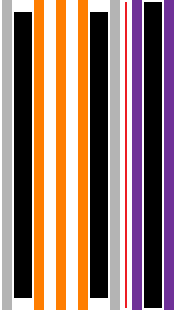I was curious about this, so I looked it up:
Based on about 15 LRT projects over the past 20 years or so, the so-called "Urban Transport Fact Book" (
http://www.publicpurpose.com/ut-lrt2001.htm) calculates a $70 million per-mile average for LRT construction. They include some projects which aren't really analogous to the GLE, like Austin's DMU project, but it seems reasonable based on a couple specific numbers (the Portland Interstate and California projects particularly) to say the average falls somewhere in the $70-$100 million range per mile.
The GLE is currently budgeted at almost $250 million per mile. This seems high to me. In fact, it would make the GLE more expensive by $50 million per mile than the Seattle Sound Transit Project, which was constructed from nothing and involved complex elevated right-of-way. In fact, in a gross oversimplification one could argue that the MBTA could build Seattle's system and Austin's together for the price of the GLE.
According to Reconnecting America's fact sheet, Heavy Rail such as the Orange Line can cost anywhere from $50 million to $250 million per mile. According to their figures, the GLE is costing as much per mile as San Francisco's Central Subway. Assuming that the cost to extend the Orange Line fell in the middle of that range (which is, under the circumstances, patently ridiculous, but I'll dream big), an HRT extension for the 12 miles to Anderson would cost in the $1.2 billion range. Add to that the 1.5 mile CR link (via the most plausible route) at $15 million per mile, and we end up with somewhere around $1.25 billion.
That's higher than the GLE cost (though it serves far more people), but it is not the most appealing solution to me. Austin's system is DMU, and was just recently completed (so the number is relatively current, albeit in Texas). For each mile of GLE the MBTA is building, they could construct 5 miles of DMU service on existing track, perhaps along (and potentially replacing CR service on) the Worcester and Fairmont Lines. After all, for the total cost of the GLE, we could get 20 miles of DMU, enough to reach both Riverside and 128 Station.
Of course, to get the full effect of HRT, you need HRT, not DMU. Assuming it's 12 miles from South Station to either Riverside or 128, though, it would cost the same $1.25 billion to build each of those lines. It's steep, but if the T can justify spending 80% of that on 4 miles of light rail in just about ideal right-of-way, maybe new management could push one of those through.



